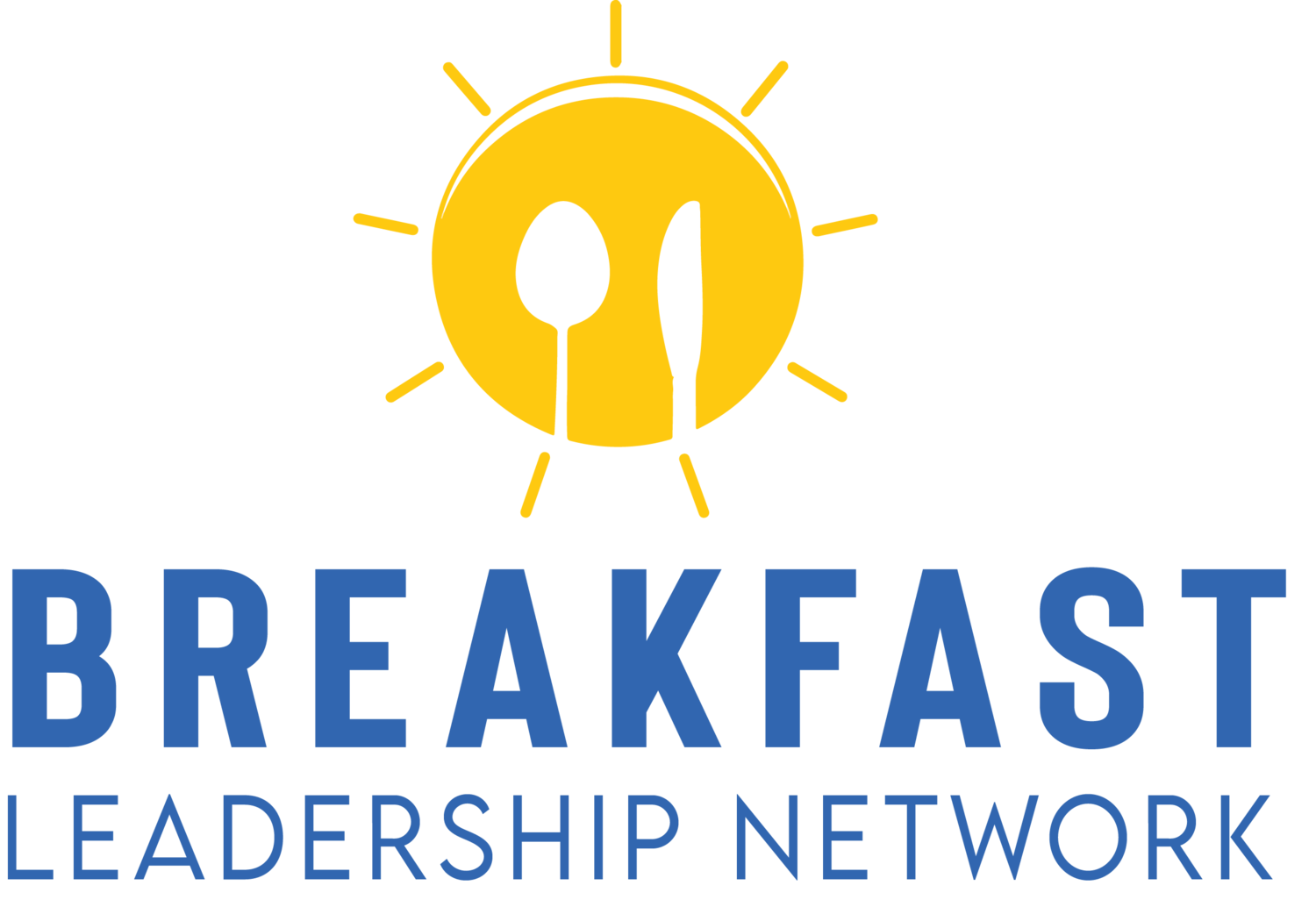Steps to Ensure Your Building Project Meets Industry Standards
Image via Schnell
Ensuring that your building project meets industry standards is critical for the project's success, safety, and long-term sustainability. Adhering to these standards ensures compliance with regulations and builds trust with stakeholders. Below, we outline the essential steps to achieve this goal.
1. Begin with a Detailed Plan
Every successful building project starts with meticulous planning. This phase includes understanding zoning laws, building codes, and any specific industry standards required for the project. Collaborating with experienced architects and engineers during this stage is essential to ensure the project is designed with compliance.
A detailed plan should include project timelines, material specifications, and environmental considerations. Addressing these aspects early helps prevent costly delays and adjustments later.
2. Select Reputable Contractors
The expertise of your contractors is pivotal in meeting industry standards. When choosing contractors, review their certifications, licenses, and past project portfolios to ensure they are well-versed in compliance requirements. Experienced professionals are more likely to adhere to safety protocols and regulatory guidelines.
It’s equally important to maintain open communication with your contractors. Regular updates and clear expectations will ensure they understand the importance of meeting industry benchmarks throughout the project.
3. Use Quality Materials
The materials you choose can significantly impact the quality and compliance of your project. Substandard materials may initially save costs, but they can lead to structural issues, safety hazards, and legal repercussions. Always source materials from trusted suppliers and verify that they meet the required standards.
If you have questions about specific materials, consulting industry experts or third-party testing organizations can help you validate their quality and suitability for your project.
4. Conduct Regular Inspections
Ongoing inspections during construction are essential to ensure that work progresses by industry standards. Hiring independent inspectors can provide an unbiased assessment of the project’s compliance with regulations. Inspections should cover every aspect of construction, from foundation work to finishing touches.
Addressing discrepancies or concerns immediately can prevent minor issues from escalating into major problems that could derail the project.
5. Leverage Expert Guidance
Engaging with industry experts can provide invaluable insights and support throughout the project. Professionals specializing in compliance and standards can help you navigate complex regulatory landscapes and ensure your project meets the latest requirements.
For example, partnering with trusted providers like Fernic Building Solutions can offer tailored solutions and expertise to meet the highest industry standards. Their guidance can simplify the process, from material selection to final inspections, ensuring every detail is addressed.
6. Emphasize Safety Protocols
Safety should always be a top priority in any building project. Establishing comprehensive safety protocols protects workers and ensures adherence to industry standards. This includes providing appropriate training, maintaining safety equipment, and conducting regular safety audits.
Compliance with safety regulations is a non-negotiable aspect of meeting industry benchmarks and can prevent accidents and potential legal liabilities.
7. Document Everything
Maintaining thorough documentation throughout the project is crucial for accountability and compliance. Keep records of permits, inspections, material certifications, and communication with contractors. These documents can prove that your project adheres to industry standards, which is especially valuable during audits or disputes.
Conclusion
Meeting industry standards in your building project requires meticulous planning, collaboration with experts, and a commitment to quality and safety. By following these steps, you can ensure a successful outcome that satisfies all regulatory and stakeholder expectations. These measures guarantee compliance and set the foundation for a durable, high-quality structure.
Discover insights and strategies for success with Breakfast Leadership — your go-to source for leadership articles, shows, and more. Subscribe today to stay informed and inspired!



